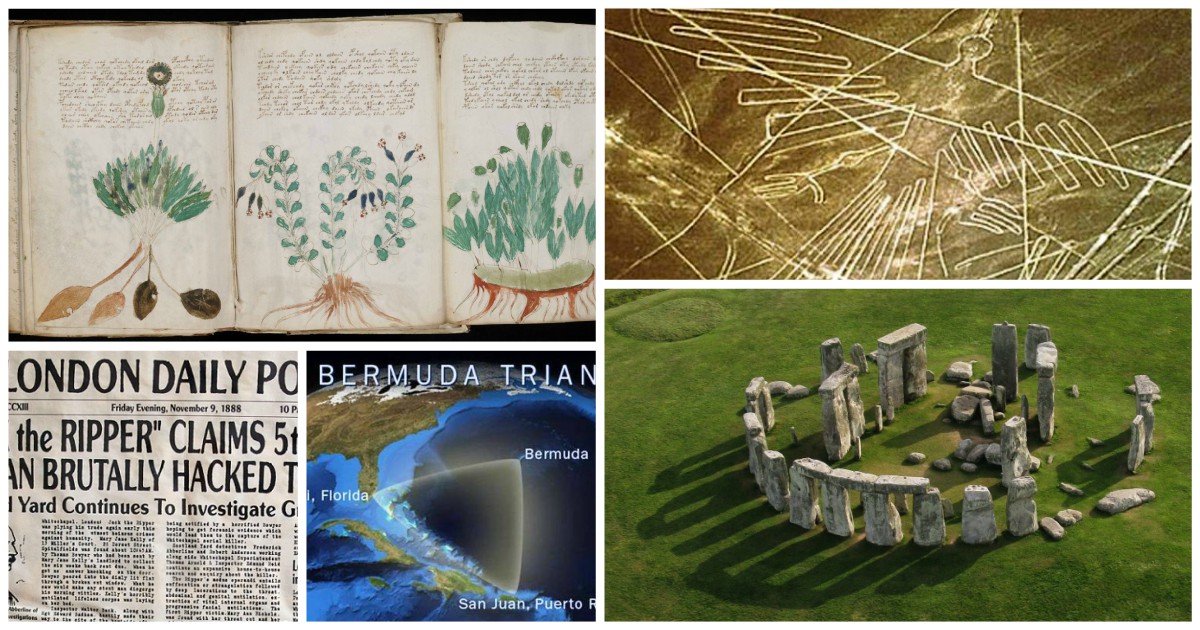When we think about historical mysteries, our minds often drift to tales of lost civilizations, unsolved puzzles, and enigmatic artifacts. There’s something utterly captivating about these unresolved stories from the past. But hold your horses—did you know that some baffling historical mysteries have been solved in recent years? Yes, you heard that right! Let’s dive into three unbelievable historical mysteries that have recently found their resolution, shining a light on the shadows of history.
1. The Identity of Jack the Ripper
One of the most infamous figures in criminal history, Jack the Ripper, has haunted literature and public imagination for over a century. This unidentified killer terrorized Whitechapel, London, in 1888, leaving behind a trail of gruesome murders that puzzled investigators and historians alike. The mystery might have seemed unsolvable, but thanks to modern forensic methods, researchers unveiled the identity of the Ripper in 2021.
Modern Forensics Meets Historical Mystery
Using advanced DNA analysis on evidence collected from a shawl found near one of the victims, scientists examined genetic material that led them to Prince Albert Victor, a grandson of Queen Victoria. While the theory met with skepticism, it sparked a renewed interest in the case. Is it possible that the Ripper was cloaked in royal privilege? This angle provides an exciting twist to the already sensational tale!
2. The Truth Behind the Great Emu War
Now, here’s one that might surprise you! The Great Emu War—a term that sounds made up but is actually true—occurred in Australia in the early 1930s. Emus, large flightless birds, became a significant threat to wheat crops after World War I. Farmers struggled as these birds wreaked havoc, and the government decided it was time to intervene.
Military Strategies Against Birds?
Yes, you read that right! Australian soldiers armed with machine guns were deployed in an attempt to control the emu population. However, the mission turned out to be a comical disaster, with the emus proving surprisingly elusive. Can you imagine troops struggling against a flock of birds? The event was later considered more of a humorous anecdote about governmental inefficiency than an actual war.
In recent years, historians and comedians alike have revisited the Great Emu War, recognizing it as a significant cultural moment that reflects the absurdities of societal responses to problems—both large and small. The narrative has shifted from a tragic military failure to a rather entertaining episode in Australian history.
3. The Lost Roman City of Pompeii’s Final Days
Pompeii captures our imagination for its sudden destruction in the year 79 AD due to the eruption of Mount Vesuvius. However, historians have recently pieced together new information about the final days of this ancient city. Excavations in 2022 unveiled stunning frescoes and artifacts that not only provide insight into daily life but also reveal the moments leading up to the catastrophe.
A Blink of an Eye in Time
Imagine living a regular life one moment and facing an apocalyptic eruption the next! The new findings illustrate how Pompeii’s residents were likely frozen in time, caught in everyday activities right up to the disaster. From bakeries still filled with charred bread to homes filled with personal belongings, these artifacts add a deeply human dimension to our understanding of this historical event. It begs the question—how would you react if disaster struck without warning?
Conclusion
These recent solutions to historical mysteries remind us that although time marches on, the past still has lessons and stories to share with us. Whether it’s identifying a notorious criminal, recounting a comical chapter in history, or uncovering the final moments of a lost city, these narratives deepen our connection to history. So, the next time you think of historical mysteries, remember that sometimes—just sometimes—answers find their way to light!
FAQs
1. What is the significance of solving historical mysteries?
Solving historical mysteries helps us understand our past better, shedding light on societal behaviors, cultural practices, and how events shape current realities.
2. How do modern technologies aid in solving historical mysteries?
Modern technologies like DNA analysis, carbon dating, and advanced imaging techniques allow researchers to gather new insights from old artifacts and evidence that were previously inconclusive.
3. Are there any other famous historical mysteries being explored currently?
Absolutely! From the whereabouts of Cleopatra’s tomb to the secrets of Stonehenge, many historical mysteries are still the subject of ongoing research and exploration.
4. Why is the Great Emu War considered humorous?
The Great Emu War stands out due to its unusual premise—a military operation against birds—and its resulting ineffectiveness, making it more of a comedic historical anecdote than a serious conflict.
5. How do historical narratives change over time?
Historical narratives evolve as new evidence emerges, societal perspectives shift, and as more stories are told through contemporary lenses, enriching our understanding of past events.
